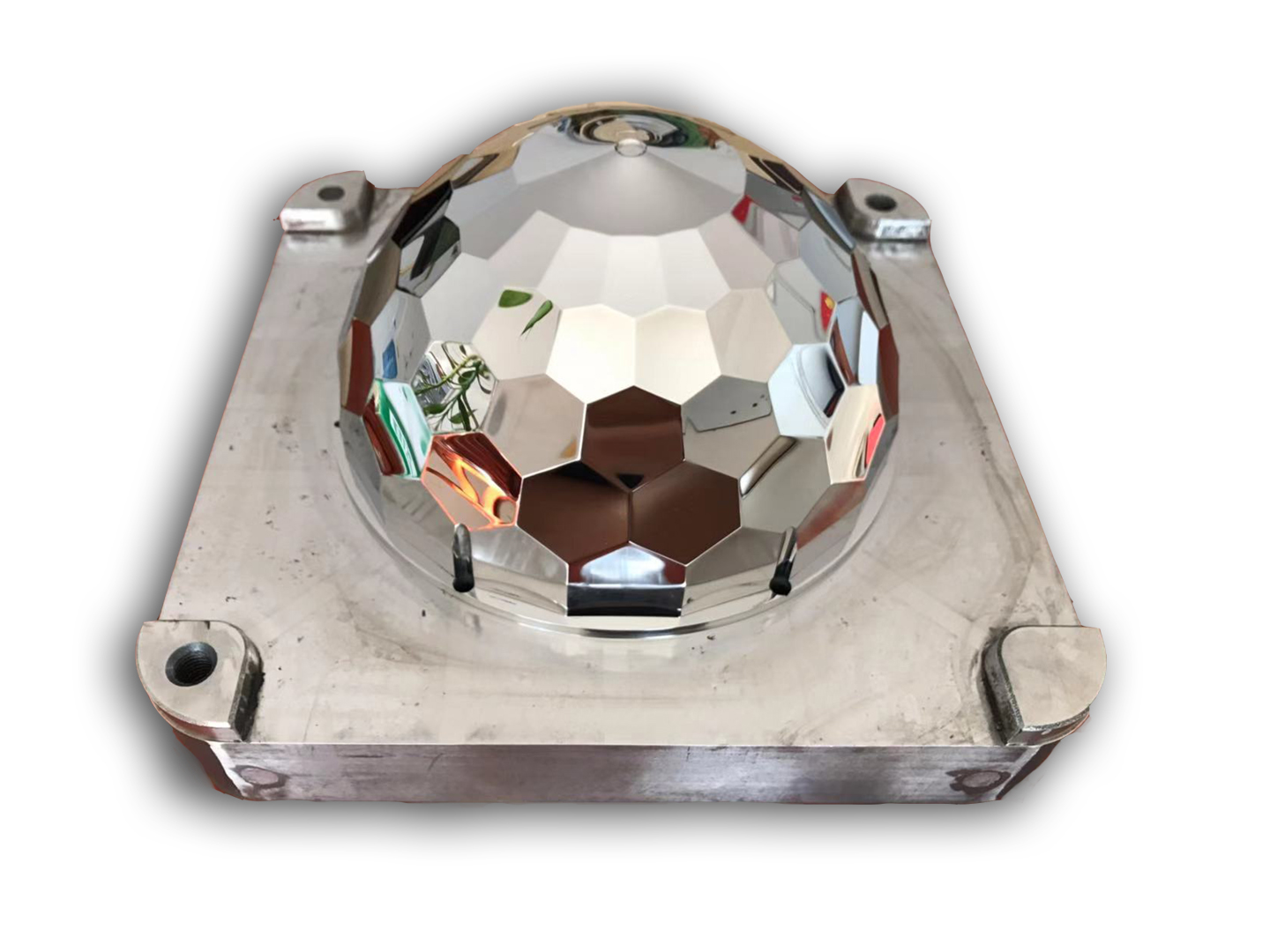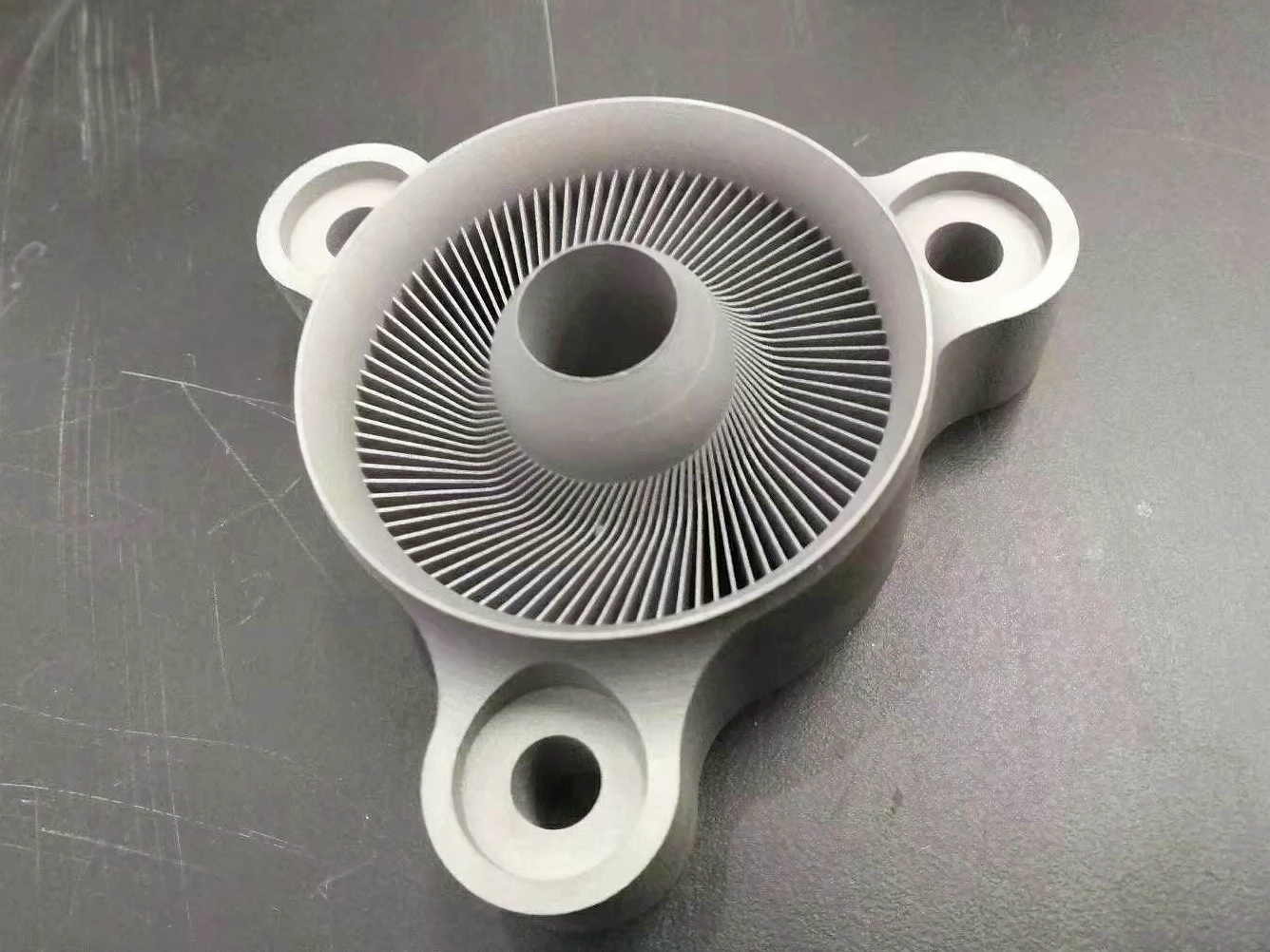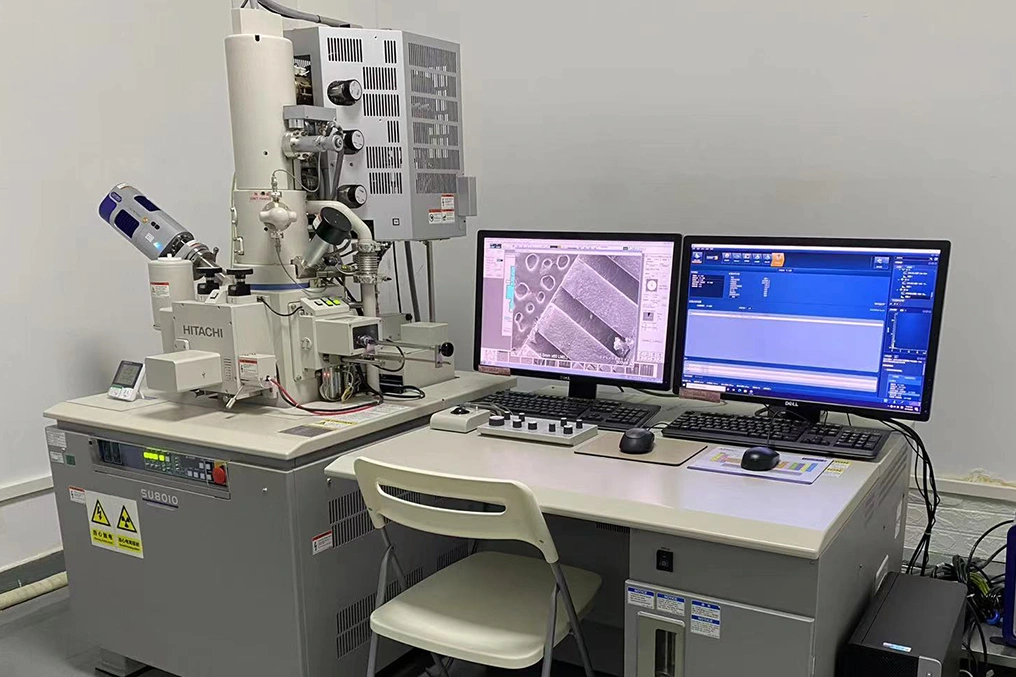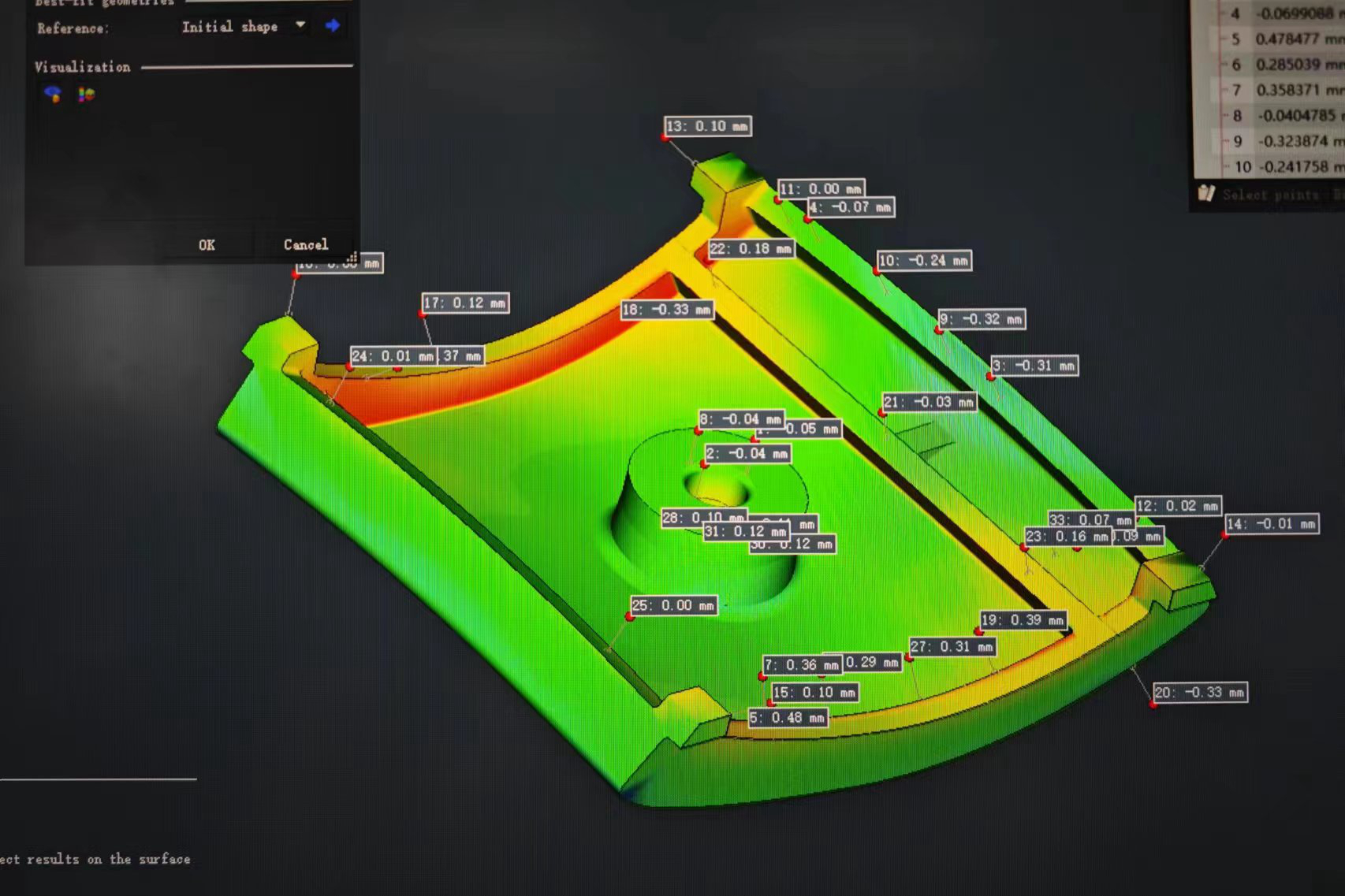Mirror Surface Creating: How EDM Machining Creates Mirror Surface on the 3D Printed Parts
 Introduction
Introduction
A mirror-like surface finish on 3D printed parts can significantly enhance their aesthetic appeal, functional properties, and overall quality. Electrical Discharge Machining (EDM) is a widely used method for creating smooth, reflective surfaces on parts produced through various additive manufacturing techniques. In this blog, we will explore how EDM creates mirror surfaces on 3D printed parts, its benefits, and the materials that benefit from this process.
What is EDM Machining for Mirror Finishes?
EDM machining uses electrical discharges to remove material from a conductive workpiece. EDM can achieve excellent surface finishes by using precise heat control and localized energy from the electrical discharges. This process is particularly effective for polishing rough surfaces created through 3D printing, especially on metals such as titanium, Inconel, and stainless steel. The ability of EDM to remove material in tiny increments allows for creating a smooth, mirror-like surface without the risks of mechanical deformation or stress that can occur with traditional polishing techniques.
How EDM Creates Mirror Finishes on 3D Printed Parts
1. Fine Material Removal Process
In EDM, material is removed from the workpiece by electrical discharges between the workpiece and the electrode. The discharges generate intense localized heat, which melts and vaporizes tiny amounts of material. This finely controlled removal process enables EDM to create an incredibly smooth finish without causing material deformation, making it perfect for achieving a mirror surface. Unlike traditional cutting methods, which can introduce scratches or imperfections, EDM provides a highly controlled, non-mechanical way to polish surfaces.
2. Control of Heat-Affected Zone (HAZ)
One of the key advantages of EDM in creating mirror surfaces is its precise control over the heat-affected zone (HAZ). The HAZ in EDM is typically small, ranging from 0.1 mm to 0.5 mm, allowing for accurate material removal while preserving the workpiece’s overall geometry. This fine control ensures that the surface remains smooth and deformation-free, even in the most delicate parts of the workpiece. In comparison, traditional polishing can lead to uneven material removal, especially when handling complex geometries.
3. Ideal for Complex Geometries
EDM is particularly beneficial when creating mirror surfaces on parts with intricate or complex geometries. 3D printed parts often have fine features or internal cavities that are difficult to access or polish using traditional methods. EDM's ability to reach these hard-to-access areas ensures that the entire part can achieve a uniform mirror finish, regardless of the geometry.
Process | EDM Machining | Traditional Polishing |
|---|---|---|
Surface Finish | Mirror-like finish | Possible scratches or uneven polishing |
Heat-Affected Zone (HAZ) | 0.1 to 0.5 mm | Larger HAZ causing material deformation |
Complex Geometry Handling | Excellent for intricate parts | Difficult for complex internal features |
Tool Wear | No tool wear or deflection | Tool wear and deflection may occur, affecting finish |
4. Material Versatility
EDM machining is effective on various materials, making it suitable for parts produced by various 3D printing technologies. Metals like stainless steel, titanium alloys, and copper can all benefit from EDM finishing. Whether working with materials that are hard to machine using traditional methods or parts with complex shapes, EDM provides a solution for achieving smooth, reflective surfaces.
Applications of EDM for Mirror Finishing on 3D Printed Parts
Aerospace: In the aerospace industry, components like turbine blades or fuel nozzles require precise geometries and mirror-like finishes for performance and aesthetics. EDM ensures that even these complex, high-performance parts maintain integrity while achieving the desired surface finish.
Medical Devices: Surgical instruments, implants, and other medical devices often require smooth, mirror-like surfaces to reduce friction, improve wear resistance, and maintain hygiene standards. EDM machining ensures that these parts meet stringent requirements without compromising performance.
Automotive: Parts such as engine components, gears, and transmission parts benefit from a smooth finish provided by EDM, ensuring they operate efficiently under high stress without excessive wear.
Post-EDM Surface Treatment for Enhanced Finish
After EDM machining, some parts may undergo further surface treatment processes to enhance their mirror finish or durability:
Polishing: Although EDM provides a smooth surface, additional polishing can help achieve a more reflective finish, especially for aesthetic or high-precision applications.
Coating: Applying coatings like DLC (Diamond-Like Carbon) or TBC (Thermal Barrier Coatings) can further improve the durability and wear resistance of the part while maintaining the smooth finish achieved through EDM.
Heat Treatment: Stress-relief or hardening heat treatments can be applied to ensure that the part retains its mechanical properties after the EDM process, especially when working with hard materials.
Conclusion
EDM machining is a powerful tool for creating mirror-like surfaces on 3D printed parts. The process offers precise control over material removal and heat-affected zones, ensuring smooth finishes without deformation. Whether for complex aerospace, medical, or automotive components, EDM provides the accuracy and versatility needed to achieve high-quality, reflective surfaces. By integrating EDM with post-processing treatments, manufacturers can produce parts with both functional and aesthetic excellence.



